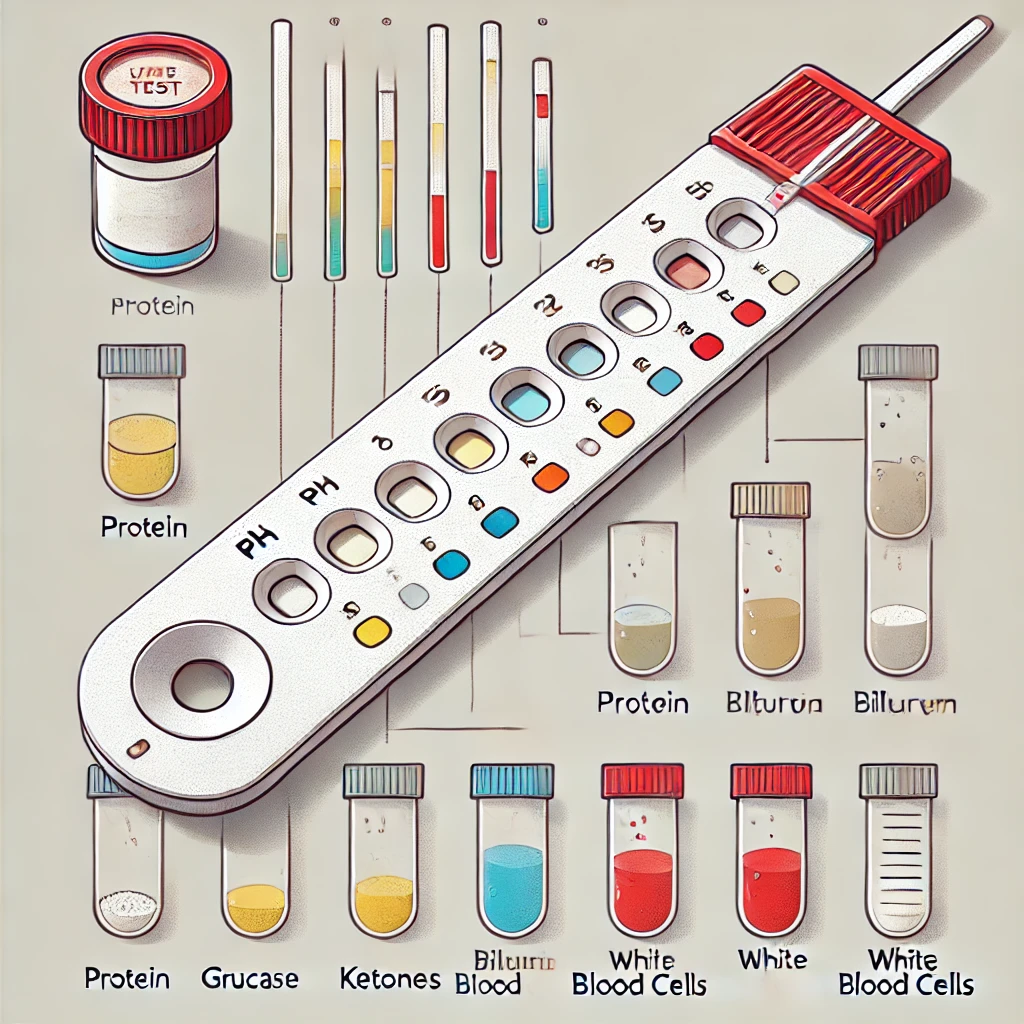How to Check for Proteinuria Using Urine Test Strips
Proteinuria, or the presence of excess protein in the urine, can be an indicator of various health conditions, particularly kidney disease. Among the methods to detect proteinuria, the urine test strip (dipstick) method is one… How to Check for Proteinuria Using Urine Test Strips
